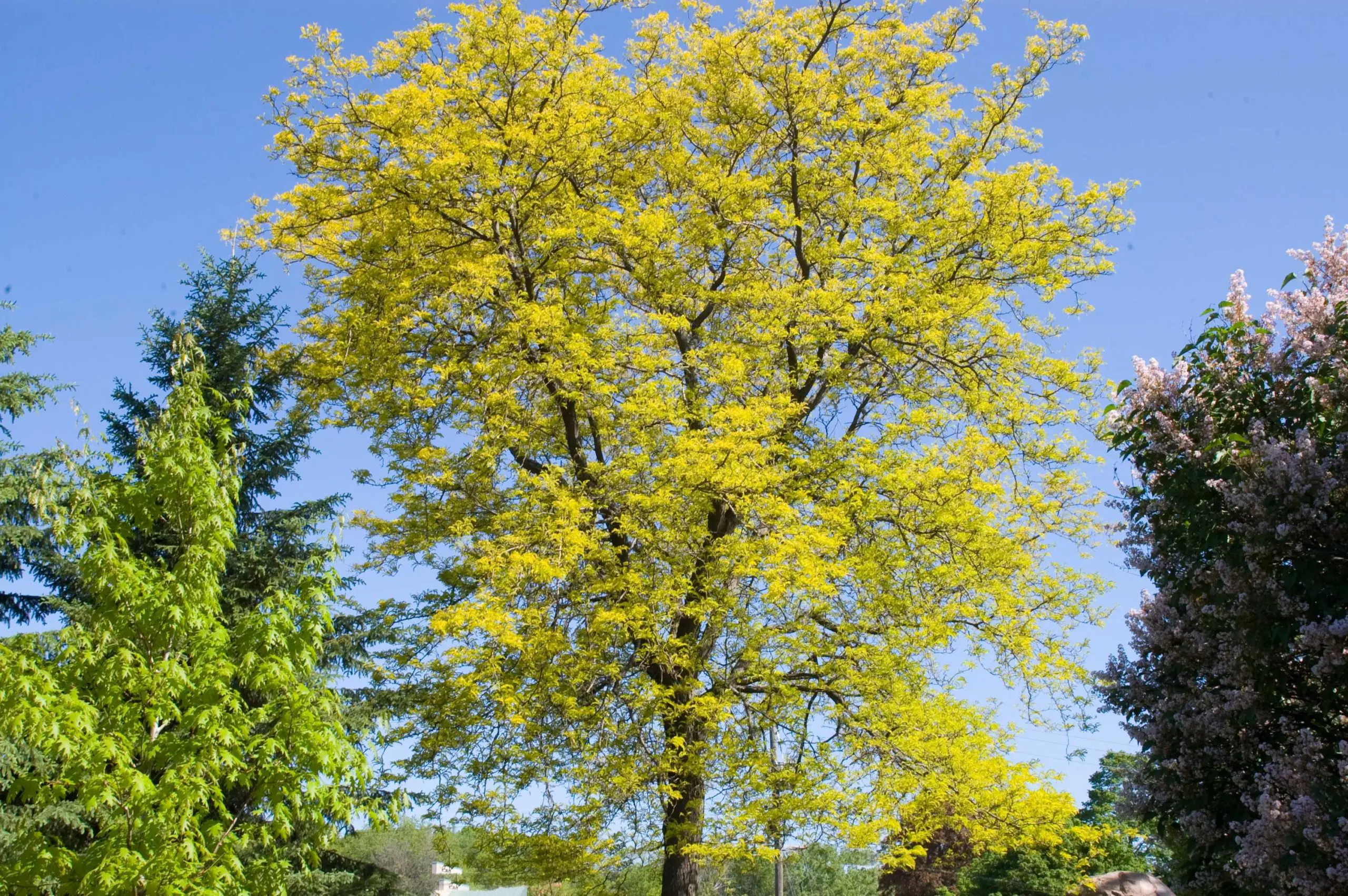
Sunburst Honeylocust Pahl's Market Apple Valley, MN
honey locust 'Sunburst' 'Sunburst' is a small deciduous tree with a rounded crown. Leaves bipinnate, with small, leaflets, golden-yellow in early summer, becoming greener in summer

Gleditsia Sunburst Honey Locust Mail Order Trees
Street Keeper™ thornless honey-locust (Gleditsia triacanthos f. inermis 'Draves'): Narrow, upright form maturing to a 20 foot spread, this cultivar will produce some seed pods. Sunburst thornless honey-locust (Gleditsia triacanthos f. inermis 'Suncole'): New foliage emerges yellow and matures to bright green. A seedless, male cultivar.
:max_bytes(150000):strip_icc()/sunburst-honey-locust-trees-2132048-03-e4372f49dad64e89863e657771744b3c.jpg)
Sunburst® Honey Locust Tree Care and Growing Guide
Sunburst® Honeylocust is well-known for its bright sunny yellow leaves that emerge in the spring. As the new growth expands, the foliage at the tips remains very yellow until it matures. The fine-textured, compound leaves cast a refreshing dappled shade. The leaves are nicely green through the summer and turn a lovely golden-yellow in the fall.
:max_bytes(150000):strip_icc()/GettyImages-1060994904-5c36884946e0fb0001c9a088.jpg)
How to Grow and Care for Sunburst Honey Locust Trees
Retrieve listing information with host verifications. Last update on May 28 2023 12:08:25 (UTC/GMT +8 hours) Write a mongodb query to find the listing_url, name, address, host_verifications, and size of host_verification under the host subdocument in the listingsAndReviews collection.
/sunburst-honey-locust-trees-2132048-hero-eb1a9f50fb7f402ab4de11774ba6fa9e.jpg)
How to Grow and Care for the Sunburst Honey Locust Tree
Our Solution The solution is quite logical when you know the cause of the problem. Most of the time, it is due to overwater of the Gleditsia triacanthosvar. inermis'Suncole'. We advise you to remove the infected parts of the plant, cut off the infected roots and leaves, then repot your plant using sterile potting soil and a clean pot.
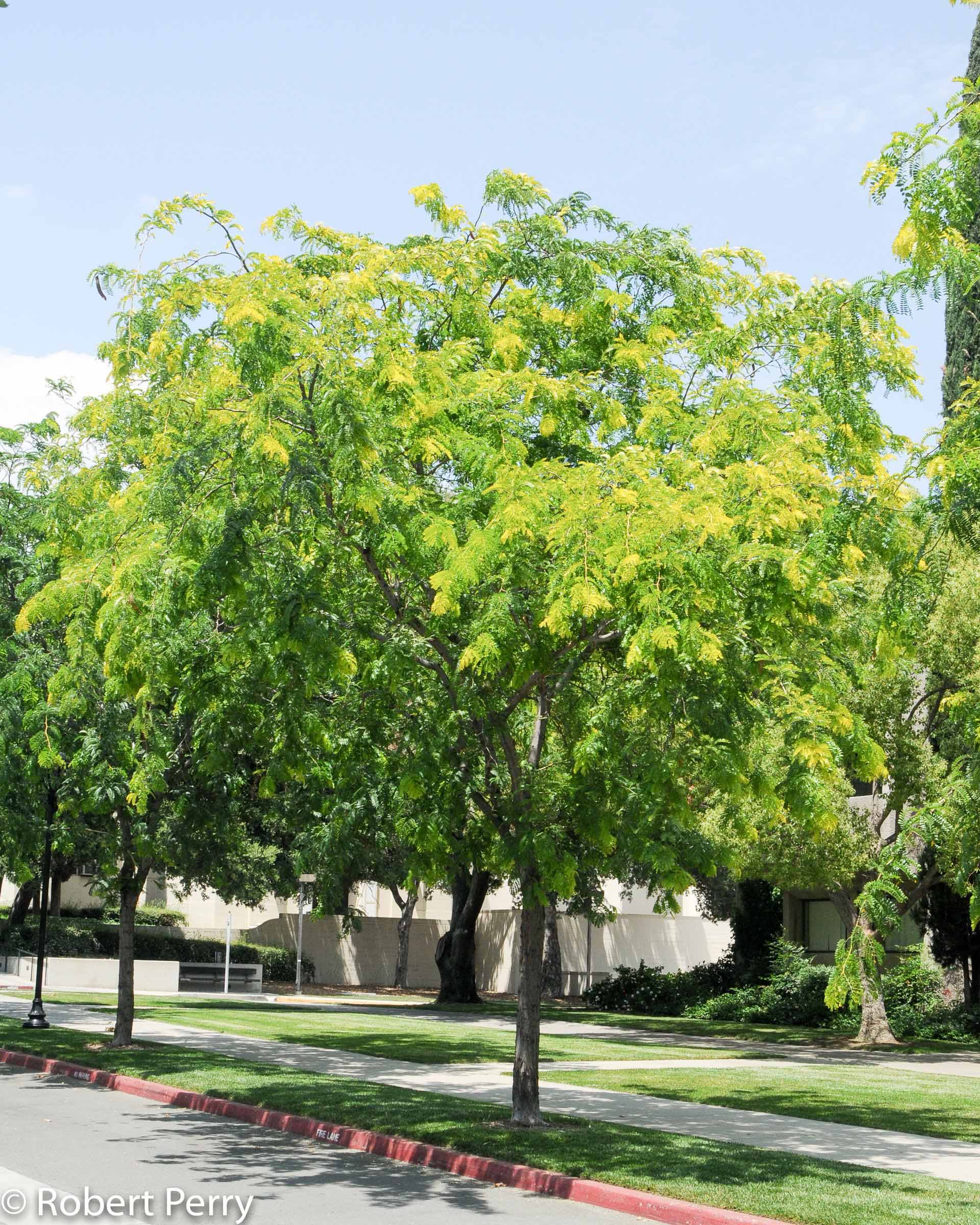
Sunburst thornless honey locust Waterwise Garden Planner
Light The tree should be planted in a location where it gets full sun (at least six hours of direct sunlight on most days). Soil Honey locust can grow well in different types of soil.

Sunburst honey locust King Nursery Lubbock, TX
What is the Honey Locust tree? The Honey Locust is a short lived, medium sized deciduous hardwood tree native to Eastern North America. Scientifically known as Gleditsia triacanthos, it grows up to 100' tall in full sun and well drained soil.An important tree for wildlife, bees and flies pollinate the flowers, insects feed on the tree, and birds & many mammals eat the seed pods.
/Sunburst-honey-locust-big-58a47d683df78c475878bca5.jpg)
Sunburst Honey Locust Trees Thornless and Podless
Honey locust is a rapidly growing, large deciduous tree in the Fabaceae (bean) family and found scattered throughout North Carolina, except for the high mountains. It is native to central and eastern North America, from North Carolina to Mexico.
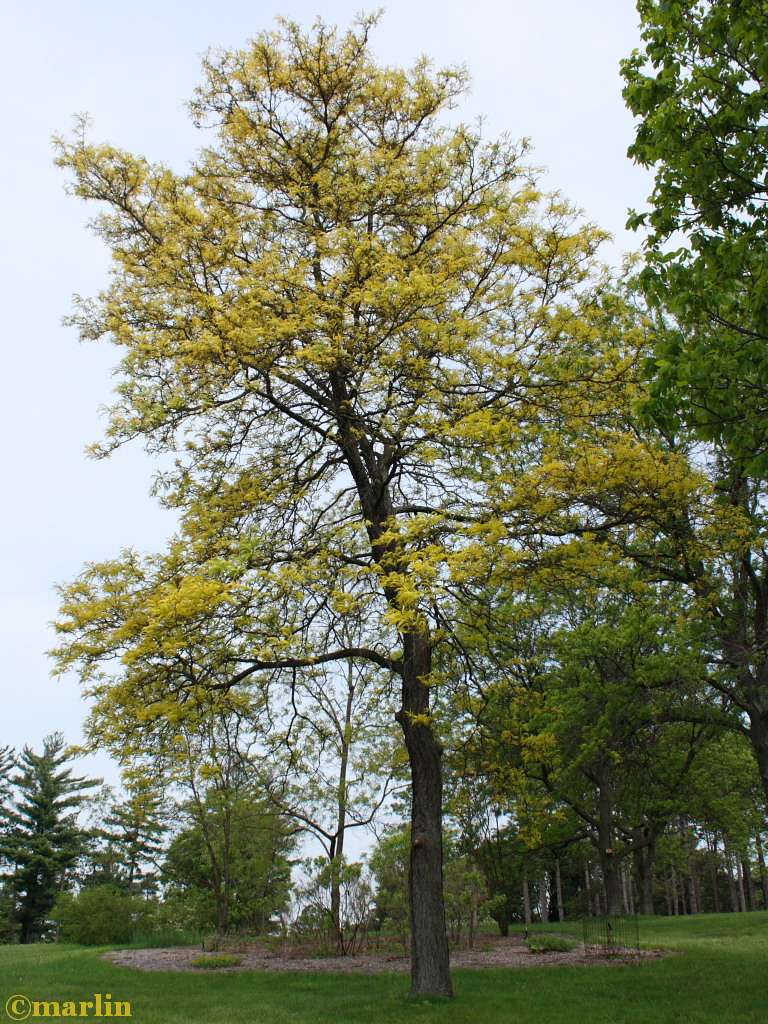
Sunburst Honey Locust North American Insects & Spiders
Sunburst Honey Locust Care This tree has few restrictions on how to grow it; the only place it struggles is in dense shade. It is an ideal tree to plant in locations where you want filtered shade rather than the deep shade created by many other landscape trees.
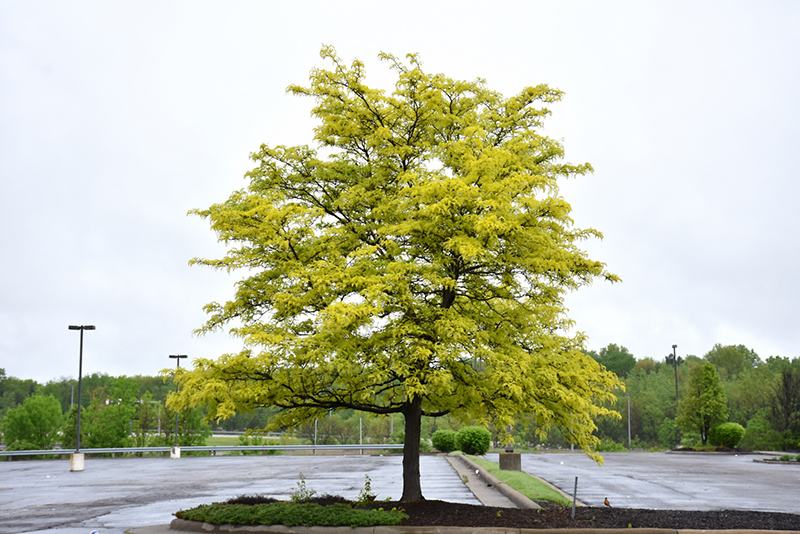
Sunburst Honeylocust (Gleditsia triacanthos 'Suncole') in Milwaukee
Sunburst® Honeylocust is an open deciduous tree with an upright spreading habit of growth. It lends an extremely fine and delicate texture to the landscape composition which can make it a great accent feature on this basis alone. This is a relatively low maintenance tree, and is best pruned in late winter once the threat of extreme cold has passed.
Sunburst® Honey Locust Tree Care and Growing Guide
A Sunburst honey locust tree can grow to a height of 25 to 30 feet tall and just about the same feet wide. It grows best in moist conditions and adapts best in loam soil. What Is A Shademaster Locust? Scientific name: Gleditsia triacanthos var. inermis 'Shademaster' The Shademaster honey locust tree is a medium-sized upright tree with.
:max_bytes(150000):strip_icc()/GettyImages-1025895756-5c3686dbc9e77c0001d80d13.jpg)
How to Grow and Care for Sunburst Honey Locust Trees
The Sunburst honey locust is a deciduous tree, with compound leaves (multiple leaves on one stem) that turn bright yellow in autumn. These trees have a fairly open canopy, unlike the maples for example. They are "polygamodioecious" trees. This means that each honeylocust tree has either male or female flowers, but each tree also produces some.

Gleditsia triacanthos Sunburst Golden Honey Locust Tree
Sunburst® Honeylocust is a distinctive tree with new branch tips of a bright-golden color throughout the growing season. It has a broad, open head and is a fast grower. This tree is thornless and podless, which is a bonus! Sunburst Honeylocust is an attractive, long-lived hardwood tree.

Thornless Honey Locust ‘Sunburst’ Gudenkauf Transplanting
The native species of honey-locust has large thorns on its stems and bark. For this reason, thornless honey-locust (Gleditsia triacanthos f. inermis), is most commonly sold. For the sake of species diversity, it should only be planted after careful consideration of alternatives.. Sunburst Honey-locust (366-56*1) is in the Leguminosae.
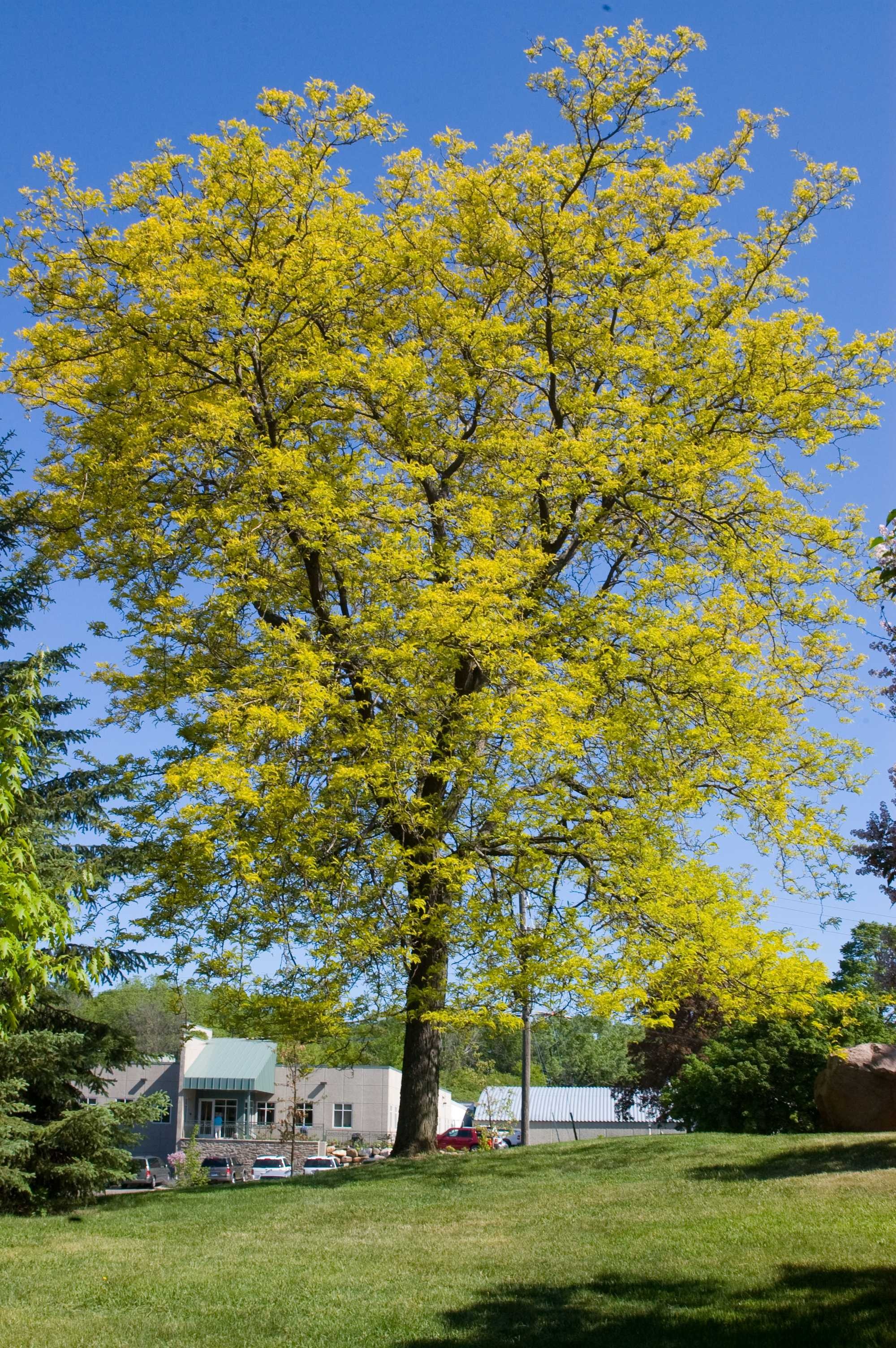
Honeylocust, Sunburst®
. Botanical Names - Gleditsia triacanthos Common Name - Sunburst Honey Locust Plant Type - Deciduous tree Mature Size - 30 feet tall, 20 feet wide Sun Exposure - At least 6+ hours per day Soil Type - Adapts to most soil types Bloom Time - Spring, summer Flower Color - Greenish-yellow Hardiness Zones - 4 to 9, USDA Native Area - North America

gleditsiatriacanthossunbursthoneylocusttree Bloch's Farm
The Honey Locust - Sunburst is an hardy tree that can tolerate a wide range of growing conditions. It prefers full sun, but will also grow in partial shade. The Honey Locust - Sunburst is tolerant of drought, salt, and clay soils. It is not tolerant of wet soils. The Honey Locust - Sunburst has no significant pest or disease problems.